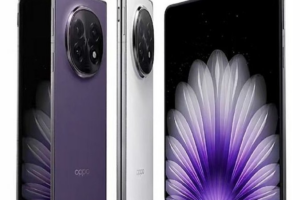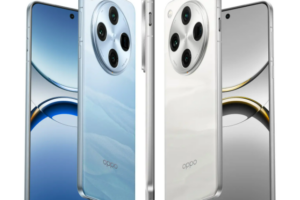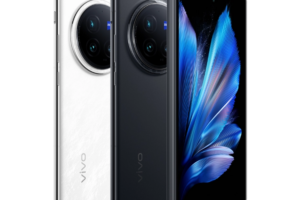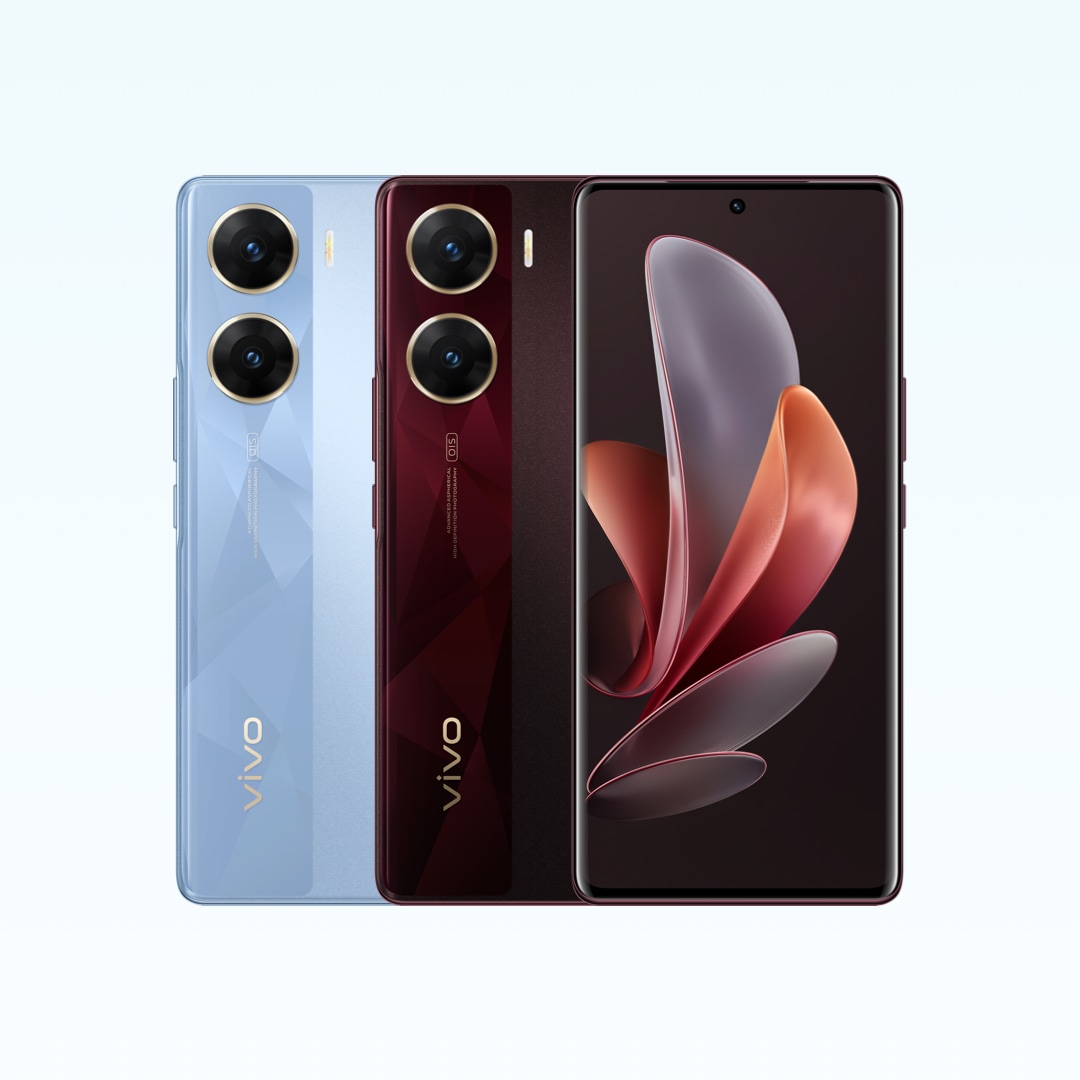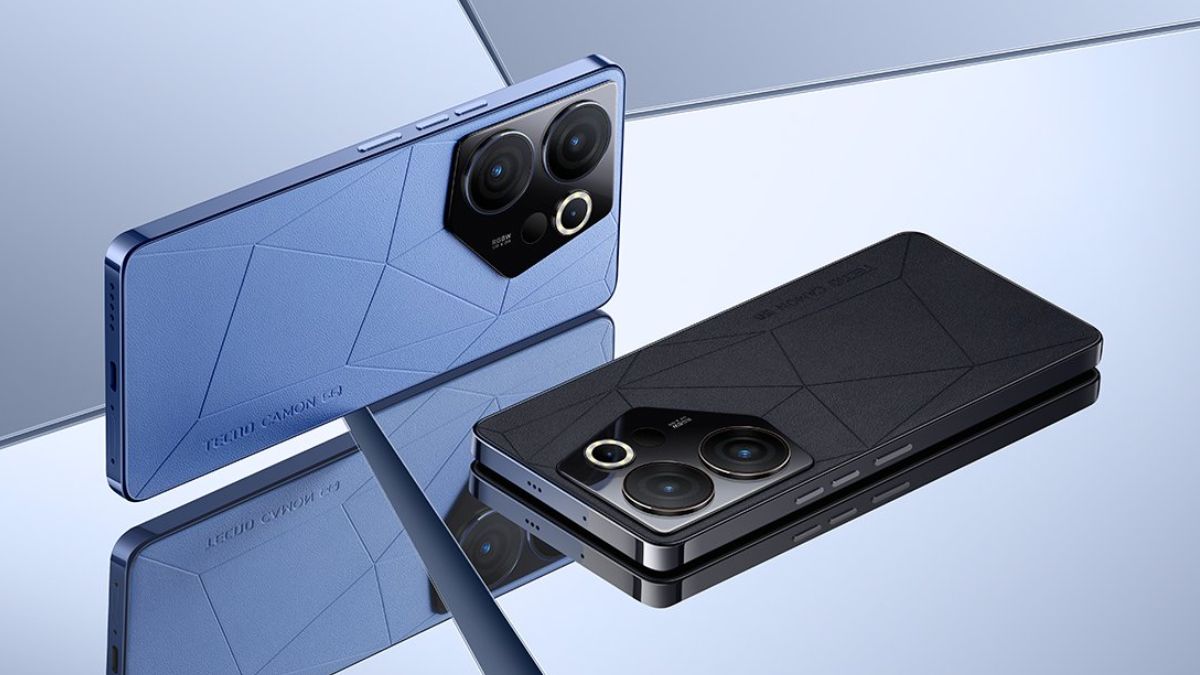AMOLED is a display technology that has been in use for quite some time and is widely regarded as the future of all display technologies. AMOLED is an abbreviated form for Active-matrix organic light-emitting diode, and is otherwise known as Active-matrix OLED. The technology may sound very foreign to us, but we use it in our everyday lives without knowing it. AMOLED is used to power the display on several handheld devices, fourth generation televisions and mobile phones. Without this, we would still be living in a world full of heavy and bulky gadgets that ran on defunct technologies such as CRT or cathode ray tubes.
In this current world of innovations and ever-changing technologies, the thrill of using devices with AMOLED was superseded in just a few years with the launch of a much more powerful display technology known as super AMOLED. One can gather from the name, that super AMOLED is a better version of AMOLED.
Now the major question that intrigues all of us is; what is the difference between AMOLED and super AMOLED?
This question can be answered with a detailed explanation of AMOLED technology. Let us start by dividing it into two active constituents, i.e. active-matrix or AM and organic light-emitting diode or OLED. The base technology is OLED which uses a specific thin film display tool. An AMOLED screen consist of four fundamental layers, i.e. the substrate, organic active layers, the thin film transistor –TFT- array and at the top is the cathode layer.
It gets its power from organic compounds which leads to the formation of the electroluminescent constituent. The organic active layers of AMOLED form a part of ‘AM’. They consist of a number of pixels that light up due to the transfer or integration of electrical energy to the TFT array. This TFT layer controls a set of switches that modulate the pixel population and flow. It should be remembered that AMOLED technology is designed to work best with devices that have limited battery life. Some such examples are mobile phones, mini televisions, mobile multimedia players, etc.
AMOLED provides the optimum possible display and at the same time consume very little power. The color settings and the brightness of a display determine the level of power consumption by a device. Hence a darker display would consume a lot less power than a brighter one. Other features of AMOLED that are comparatively better than other technologies are a higher perceived luminance, wider viewing angle, better contrast ratio, faster response particularly with dynamic photos or videos, and wider range of true colors or color gamut.
There are several electronic brands that have employed this technology in their devices, some of them being HTC, Nokia, Samsung, Dell, etc.
There are some downsides to AMOLED, though, especially the tendency of display to become fuzzy under direct sunlight. However, this limited has been resolved with the launch of super AMOLED
The major difference between AMOLED, super AMOLED and other display technologies is the integration of the touch-sensor component directly to the screen, rather than it being separately installed above it.
Super AMOLED comparatively consumes less power by up to 20 percent and is significantly brighter than AMOLED. The problem of sunlight reflection in AMOLED is reduced by nearly eight percent in super AMOLED display, thereby resulting in more vivid and clearer display even in bright sunshine. Additionally, it provides zero motion blurs with dynamic displays or videos, amazing outdoor readability and wider viewing angles.
In this picture, the first one is Super AMOLED while the one below is AMOLED.



